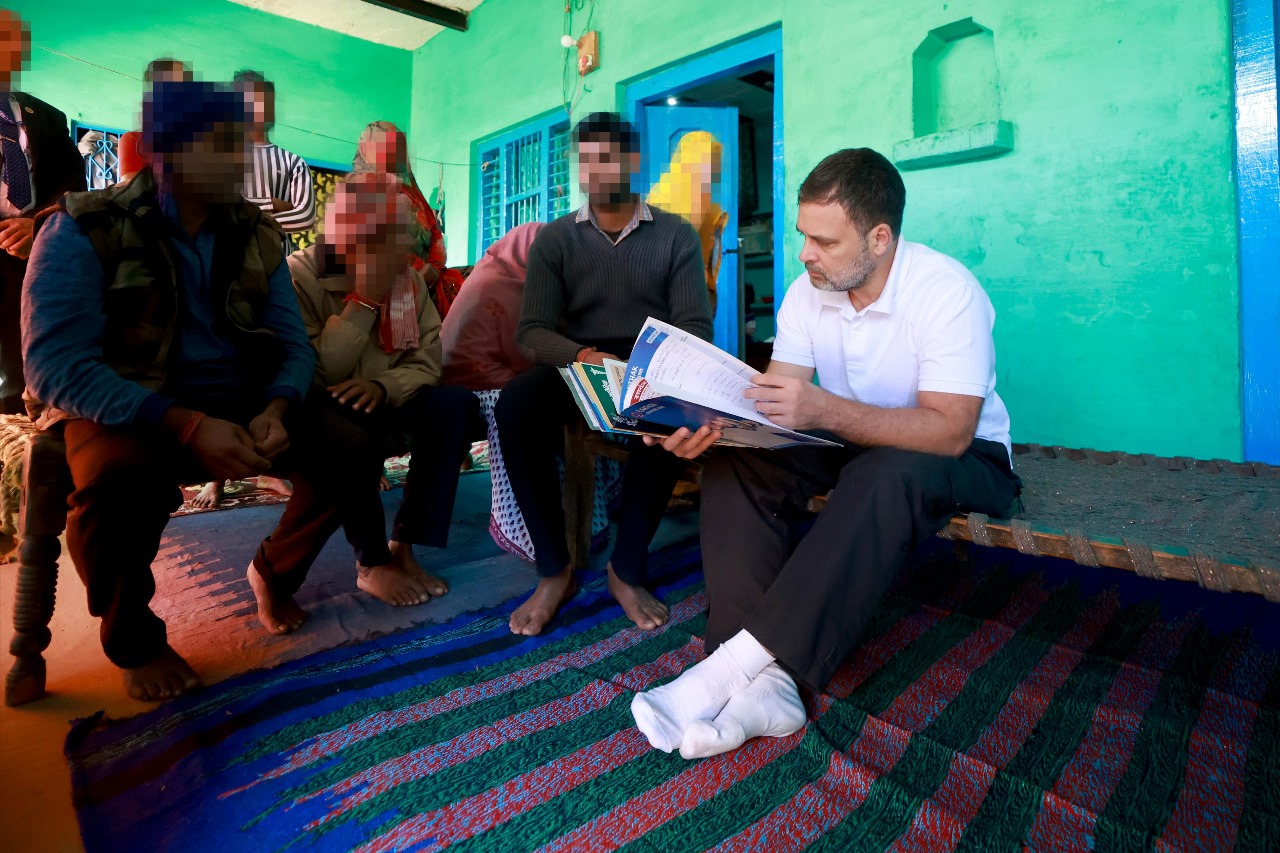On her visit to New Delhi and Lucknow, UNICEF Executive Director commends the efforts of frontline community workers to improve health services for women and children
NEW DELHI (theValleygraph.com). UNICEF Executive Director Catherine Russell concluded a four-day visit to India today to highlight life-saving progress in health and development for millions of vulnerable children, while calling on global leaders to prioritise investment in children to deliver on the world’s Sustainable Development Goals.
”India has the world’s largest child population. By investing in community health workers, the country has made impressive gains in vaccinating children and fighting deadly diseases, including measles and diarrhoea, while also saving millions of children from malnutrition,” said Russell. “India’s women-led frontline workers are a success story that we can all learn from. Working in villages across India, they are improving the health and wellbeing of children and families, one family at a time.”
In 2014, India was certified polio-free. In 2015, India eliminated maternal and neonatal tetanus. Infant mortality has decreased by 35 percentage points from 2011 to 2020.
The UNICEF Executive Director started her visit to India by paying respect at the Gandhi Memorial in Rajghat on the birth anniversary of Mahatma Gandhi on 2 October.
During the visit, Russell met with senior leadership in the Indian government, children, youth and their communities, including local health workers. She travelled to India’s most populous state, Uttar Pradesh, to meet women frontline health workers in Lucknow and see firsthand their crucial role in providing an array of essential services to save lives in the hardest-to-reach communities across India. Russell met frontline workers Sudhatri (ASHA – Accredited Social Health Activists), and Sarojini (Anganwadi or frontline health worker) at a primary health centre in Lucknow and saw how they use a digital Poshan Tracker to provide life-saving nutritional services to women and children.
Russell also joined Lalita, a frontline health worker from Barabanki block, during home visits to monitor 27-year-old Jyoti and her 42-day-old baby boy, Ayansh. ASHAs like Lalita tell mothers about breastfeeding and ensure newborns receive vaccinations on schedule. They also evaluate the health and overall condition of newborns, checking for warning signs or health issues.
Globally, women account for nearly 75 per cent of community health workers but continue to face challenges such as low salaries, long hours, and limited funding for their efforts.
Russell also launched the Youth Hub Platform to empower young people in India, and girls in particular, while providing a path to future jobs and opportunities. A one-of-a-kind digital app, the Hub will accelerate progress on several of the SDGs, including those reducing inequality and promoting decent work opportunities.
In addition, Russell announced the appointment of 16-year-old deaflympics winner Gauranshi Sharma as UNICEF India’s first Youth Advocate and a continued champion for children.
In meetings with senior government officials, Russell reiterated UNICEF’s commitment to build on a 74-year partnership with the Government and people of India to achieve the SDGs for every child in the country.
The visit comes on the heels of the United Nations General Assembly last month, where global leaders reached a consensus on the crucial role of children in advancing the Sustainable Development Goals, a set of 17 shared goals to deliver on the world’s commitment to further areas such as health, education, nutrition and a liveable planet.
“India has shown the world that progress is possible when children are prioritized. Countries around the world can draw valuable insights from India’s experience,” added Russell. “However, we must build on this momentum to overcome existing challenges and ensure a better future for every child. There is still a long way to go.”
At the halfway mark towards the 2030 SDGs, two-thirds of child-related indicators globally were off-pace to meet their targets, according to a UNICEF report. Only 6 per cent of the child population living in just 11 countries have reached 50 per cent of child-related ‘targets met’ – the highest level of achievement globally. If expected progress continues, only a total of 60 countries will have met their targets by 2030, leaving around 1.9 billion children in 140 countries behind.
By


